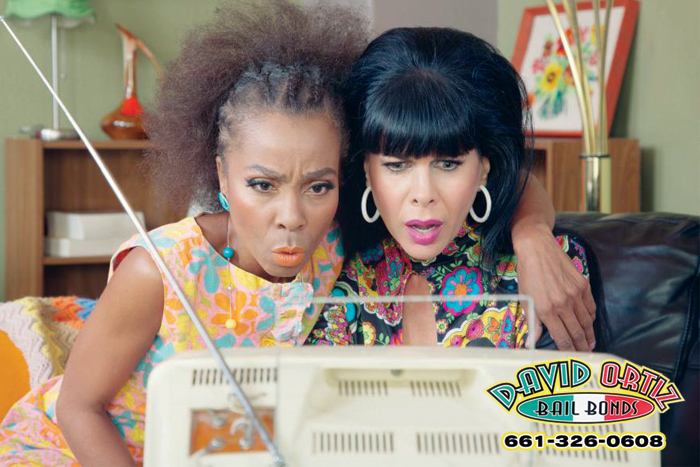
As you can expect, movies and television shows does not teach viewers everything there is to know about bail.
You probably have heard the Miranda Rights read to a suspect or a judge set a bail amount on some show or movie, but you probably didn’t see the whole process the suspect has to goes through from their arrest to the court and you probably didn’t see the process the judge goes through to determine the suspect’s eligibility for bail as well. You also likely didn’t see the suspect physically post bail or how they evaluate their different options for doing so.
Well, a judge will determine bail eligibility predominantly on the following factors:
- Whether or not the suspect has a criminal history and if so, what points are on there.
- The suspect’s ties to the community and thus their likelihood to flee or stick to their word to come to court.
- The type of crime the suspect committed.
- Their financial ability to pay bail.
Based on the above, a suspect can be:
- Granted bail, meaning he or she must pay a certain amount of money to be freed.
- Denied bail, meaning he or she must stay in custody no matter what.
- Released on “own recognizance,” meaning he or she can be released without paying any money.
When granted bail, the suspect may pay the money they owe directly to court and have the option to have it all returned at the end, provided they show up to all court appointments. Or the other option is that the suspect may consult with a bail agent from a bail bond company like Taft Bail Bond Store to get a bail bond that costs them only 10-15% of the full bail amount that is paid over a period of time. This 10-15% however, is not refundable.
There are pros and cons to paying for bail with a bail bond and it all depends on each individual’s situation. Most people though, find that using a bail bond is much better for them.

